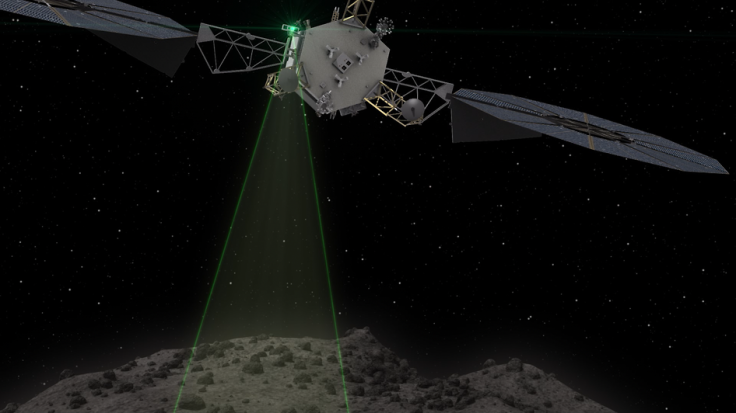NASA's Asteroid Redirect Mission Could Help Send Humans To Mars And Beyond

NASA, on Wednesday, announced its plans to test new capabilities in the mid-2020s for sending humans on deep-space expeditions, including missions to Mars. The project, called the Asteroid Redirect Mission (ARM), is expected to be launched in 2020.
As part of ARM, an unmanned spacecraft will capture a rock from the surface of a near-Earth asteroid before moving it into a stable orbit around the moon for further exploration by astronauts. NASA believes that this mission will help scientists make further strides in allowing humans to travel to the red planet and beyond.
“The Asteroid Redirect Mission will provide an initial demonstration of several spaceflight capabilities we will need to send astronauts deeper into space, and eventually, to Mars,” Robert Lightfoot, NASA’s associate administrator, said in a statement. “The option to retrieve a boulder from an asteroid will have a direct impact on planning for future human missions to deep space and begin a new era of spaceflight.”
NASA has identified three asteroid candidates -- Itokawa, Bennu and 2008 EV5 -- for the mission so far, and said that it would announce the specific asteroid it has selected for the mission in 2019, after scientists have acquired a full understanding of its size, rotation, shape and precise orbit, and about a year before launching the spacecraft.
According to NASA, the ARM spacecraft will test many capabilities to help future human deep-space missions, including advanced Solar Electric Propulsion (SEP), a capability that converts sunlight to electrical power using solar arrays, and then uses the resulting power to activate charged atoms to propel spacecraft.
“Future SEP-powered spacecraft could pre-position cargo or vehicles for future human missions into deep space, either awaiting crews at Mars or staged around the moon as a waypoint for expeditions to the Red Planet,” NASA said.
As part of ARM, NASA will also test planetary defense techniques to help mitigate threats from potential asteroid impacts in the future. Scientists believe that the results of the test will help NASA develop more effective ways to move an asteroid off an Earth-impacting course.
“Asteroids are a hot topic,” Jim Green, director of NASA Planetary Science, said in the statement. “Not just because they could pose a threat to Earth, but also for their scientific value and NASA's planned mission to one as a stepping stone to Mars.”
© Copyright IBTimes 2024. All rights reserved.






















